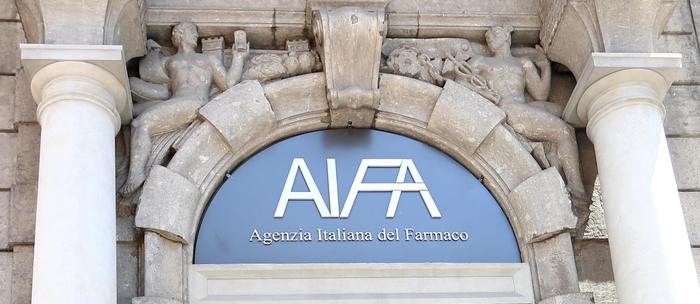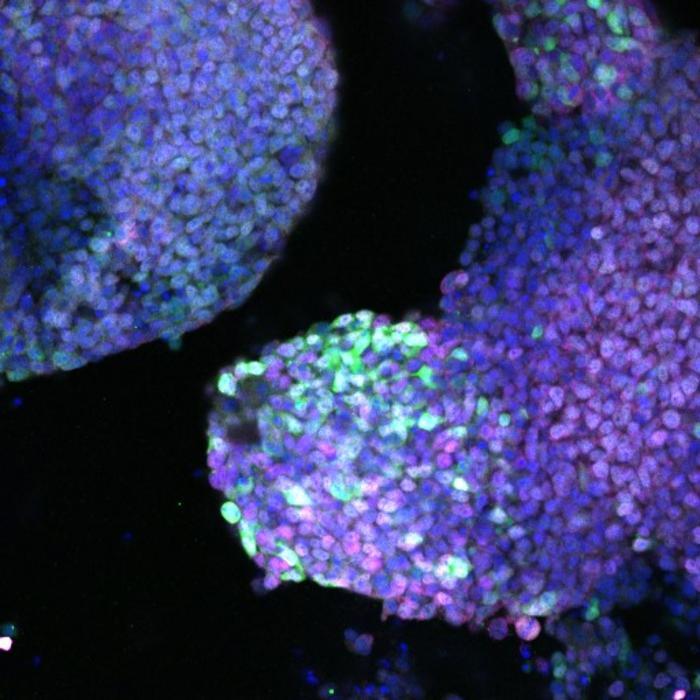Rita Levi Montalcini would have smiled to see the first clinical trials of her molecule, the nerve cell growth factor (NGF) which earned her the Nobel.
Ten years after her death,
the first human tests
involving the use of the molecule against Alzheimer's
disease
and against some
neurodegenerative diseases of the retina are close
.
It is the second important milestone, after NGF had become the basis of eye drops for the treatment of neurotrophic dermatitis of the eye in 2017.
"I imagine Rita Levi Montalcini smiling when she thinks that her molecule had become a drug", the president of the Ebri Foundation, Antonino Cattaneo, tells ANSA, retracing the developments of the paths opened up by the Nobel research, ten years after his death.
On December 30, 2012, the 'Lady of Italian science' concluded a long and intense life, leaving a legacy which in these ten years has confirmed many of her intuitions, starting from the possibility of using NGF to treat neurodegenerative diseases such as Alzheimer's or to stimulate some cells of the immune system and, above all, he had intuition that the next big challenge for neuroscience would be to understand consciousness.
The two trials of what Rita Levi Montalcini called "the
wonderful molecule
" have been given the go-ahead by the Ministry of Health and will use the so-called '
NGF without pain '
', i.e. the Ngf molecule modified so that it does not stimulate the nerves related to the perception of pain.
"It is one of the new avenues for the treatment of Alzheimer's disease", observes Cattaneo, who with Pietro Calissano was one of Levi Montalcini's closest collaborators.
The experimentation consists in the administration of the molecule by nasal route.
The second phase 1 trial, which is expected to begin in a few weeks, is aimed at the therapy of some neurodegenerative diseases of the retina.
Interesting developments
are also opening
up for the
effects of NGF on some cells of the immune system
: "in the last ten years - continues Cattaneo - many studies have demonstrated this in a very precise way, also conducted at EBRI", the European Institute for Brain Research founded by Rita Levi Montalcini.
"It has been discovered, for example, that among the target cells of NGF there are those of
microglia
, which play a protective and anti-inflammatory role".
This result could also be important for Alzheimer's therapy because NGF could provide protection to the nerve cells affected by the disease.
At the same time, action is being prepared
on three other fronts
: using the
eye as a window onto the brain
in search of the misfolded proteins visible in the retina,
molecular signatures of the different forms of the disease
in order to give
each patient the most suitable drug
, to be able to
fight the anomalies directly inside the nerve cells
.
Finally, there are the great challenges of understanding
how the brain develops
and what
consciousness is
.
In the first case, a great help could come from miniature brains grown in the laboratory (organoids) and in the second, techniques such as electroencephalogram and transcranial magnetic stimulation are being combined to be able to detect the characteristic signals of consciousness in those who sleep or in those who are coma or in a vegetative state.
"Exploring consciousness - concludes Cattaneo - is a research challenge that touches the very nature of man and of the mind".















